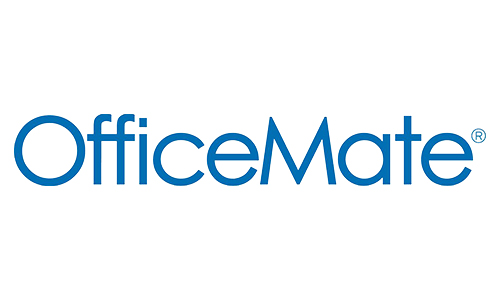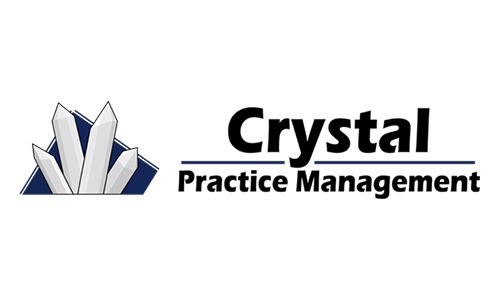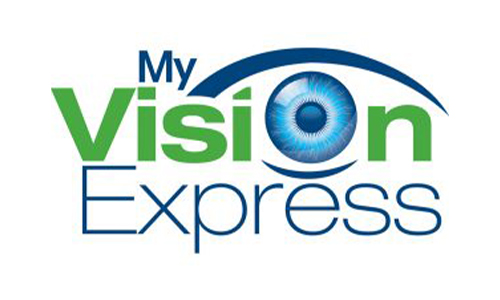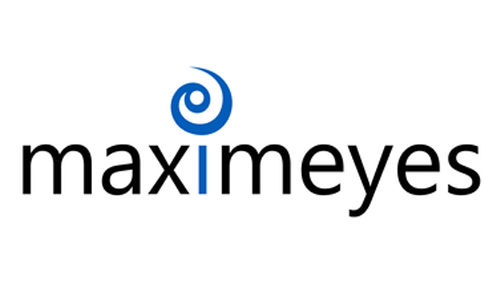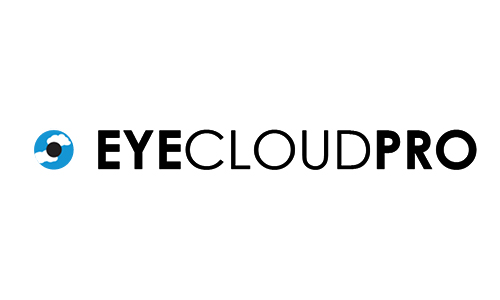Medicare is tricky. Our billing expert simplifies it for you.
By Casey Squicquero, Staff Development Manager, RevCycle Partners
Just when you think you have a grasp on Medicare, a claim is denied. Medicare has a dizzying number of exceptions that make billing not for the faint of heart. In a recent webinar, “Simplifying Medicare: A Start to Finish Process,” your toughest Medicare billing questions were answered.
But our audience had more tough Medicare Billing questions after the presentation.
Below, RevCycle Partners billing expert and Staff Development Manager Casey Squicquero answers a few of the ones that stump billers the most, providing clear step-by-step instructions.
Q: What's the best way to access all things Medicare patient related?
The best way to access all things Medicare patient related is through whichever portal is specific to your state.
You will need to know the Medicare Administrative Contractor specific to your state. There are seven: Noridian, CGS Administrators, Wisconsin Physicians Service Government Health Administrators, National Government Services, Inc., Palmetto GBA, LLC, Novitas Solutions, Inc., and First Coast Service Options, Inc. On that contractor's website, you'll be able to access information on how to register for the portal as well as the link to the portal.
That portal will require a username and password to log in. That's where I would suggest you go for all patient’s specific information.
One caveat. Sometimes offices will check Medicare eligibility information for patients through a clearinghouse. But nothing really replaces the Medicare website itself. That’s where you will get the most accurate information and have the most functionality in terms of things like re-openings and appeals.
Q: If we are a Medicare provider, does that automatically make us payable with any secondary payer? In other words, do we have to credential with a secondary payer if we are properly credentialed with Medicare?
When it comes to the supplement/Medigap plans, those automatically will be payable when you're credentialed with Medicare. One exception to this would be employer-type plans. This comes into play, for instance, in states where people tend to live off-season (given it’s inside the USA). An employer-based plan may be considered out-of-state, and therefore not credentialed.
Also, if a patient is using a replacement plan, like a Medicare Advantage plan or a managed care plan, you must credential those separately. Be careful. You may think, Well, I'm a United Healthcare provider, so I'm already credentialed with this Medicare complete plan.
That may not be accurate. A lot of times when you contract with the commercial payers, you must request both the Medicare and Medicaid lines separately.
So, verify your contracts; make sure that they include those Medicare lines. And if they don't, contact provider relations and ask them to add the Medicare lines to your contract (there are often multiple Medicare lines).
Then watch your contracts carefully. If you come across one that you're out of network with, make sure you contact the payer and ask to add it.
Q: If the patient has not met their Plan B deductible and is a QMB member, but our office is out of network with our state Medicaid, would we collect the deductible from the patient?
Medicare providers can’t bill QMB beneficiaries for Medicare cost-sharing. This includes Medicare deductibles, coinsurance, and copayments.
When it comes to QMB, you should pay attention to your EOBs. On the Medicare remit, there will be a remark code at the bottom of your remit that says, “This patient is QMB. You cannot collect any cost share amounts.”
That does not just apply to traditional Medicare. That also applies to Medicare replacement plans. If that patient has a Medicare replacement plan and is also a part of QMB, you are not able to collect the copay. Be sure to scan the bottom of your Medicare remits for those remark codes.
Q: How do you submit a claim when Medicare is not primary—if a patient, for example, has a commercial plan through a spouse or they're a working age beneficiary? Medicare refers to this as MSP.
Bill the primary commercial plan. If Medicare truly is secondary to the patient, your Medicare contractor will determine how you file that secondary claim to Medicare.
So, more specifically, first, file it to the primary commercial plan. Let it pay and process. Then, once you receive the EOB, submit the claim to Medicare.
There are a few factors that could determine how you file that claim. With most Medicare contractors, because they do not accept paper claims, it may not be as easy as mailing in your claim with the primary EOB.
Sometimes you can file the MSP claim on your clearinghouse; you will need to indicate the type of Medicare Insurance plan (ex. Working Aged Beneficiary, Disabled Beneficiary under age 65).
There may be a form on the Medicare contractor’s portal that can be filled out and faxed in along with the Primary EOB.
But the guaranteed (and best) way to get the secondary claim to Medicare is to use the portal for Medicare.
Q: I have a problem with getting two co-managed claims paid. We’ve seen both a husband and wife for cataract surgery post-op visits (for husband and wife, and both eyes). We have billed Medicare several times, making several different corrections based on suggestions by Medicare. It’s been 18 months, and we still haven’t been paid. Any tips?
Post-ops are tricky. Start by ensuring you have all of the necessary information from the surgeon. Make sure that the surgeon indeed billed the claim so that you can bill for post-op.
That being said, your post-op Medicare claim would be billed with the date of surgery. That is the date of the claim. You also must have the surgeon's name listed in box 17, along with the surgeon's NPI. And you need to bill with the diagnosis that matches the surgeon's diagnosis. You need to bill with a 55 modifier (the surgeon bills with a 54), along with the anatomical modifier RT or LT.
Then in box 19, (with the exception of Palmetto) list 90 days, and then the day that they transferred care to you. So, for instance, if the surgery was on December 10, 2022 and they transferred care to you on December 11, 2022, box 19 would then say, “90 days postop 12-11-22.” The end date would be 90 days from the date of surgery. You can Google a global surgery calculator. Every Medicare contractor has one of those calculators available on their website where you can plug in the date of surgery, and it gives you the date post op ends.
Also, if it's a second surgery (the second eye or the second surgery for a particular eye) and the first eye is still in that global period, then you would also need a 79 modifier.
If your Medicare contractor is Palmetto, they require that the transfer of care date and end date be listed in Loop 2300 DTP03 area (care start date/care end date). This area should be an editable area in your software. These electronic claims edit areas are referred to as 5010 crosswalks (loops and segments).
Finally, Medicare has 365-day timely filing. So, make sure you're filing these correctly through re-openings/reconsiderations and not submitting new claims. You want to make sure that it's not getting kicked out for timely filing. And, if you have to appeal it (show the claim history and all of your attempts), you can state your case and hopefully still get paid even though it's been 18 months.
For more information—and more answers to your toughest Medicare billing questions—you can watch our webinar, “Simplifying Medicare: A Start to Finish Process.”



